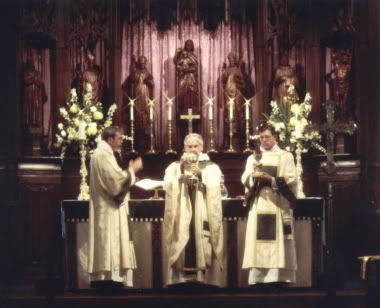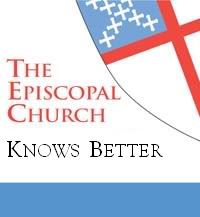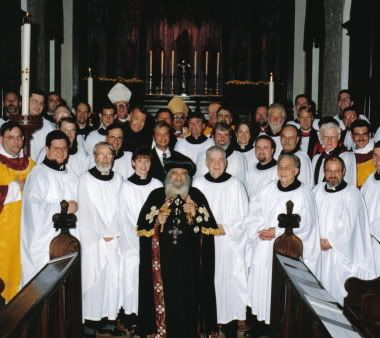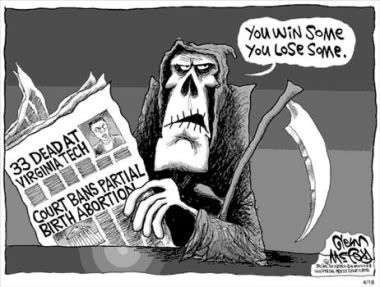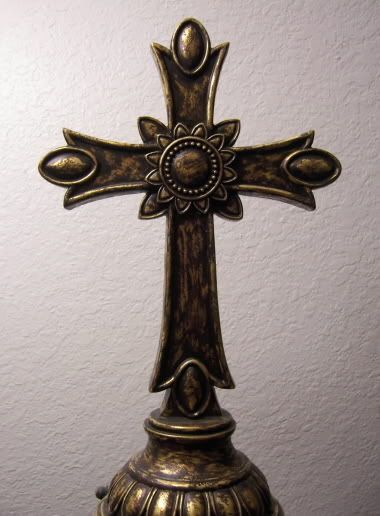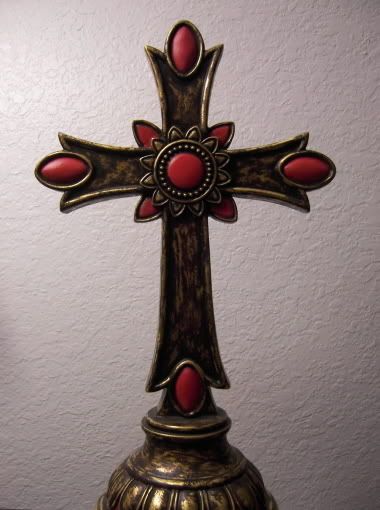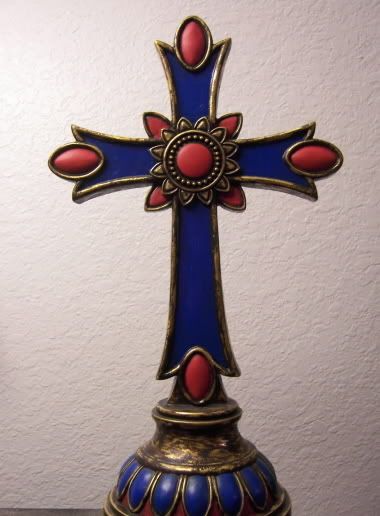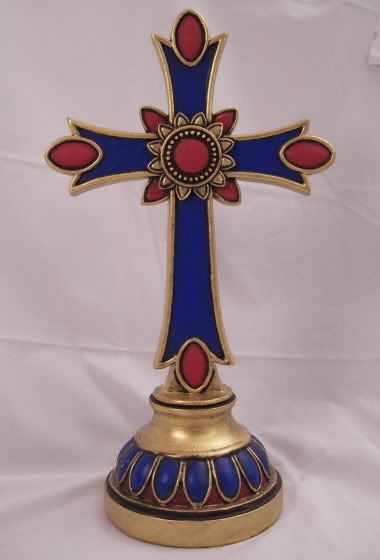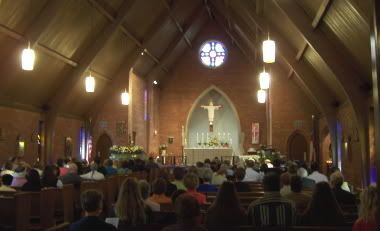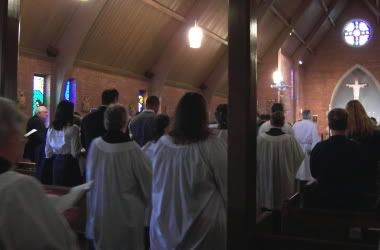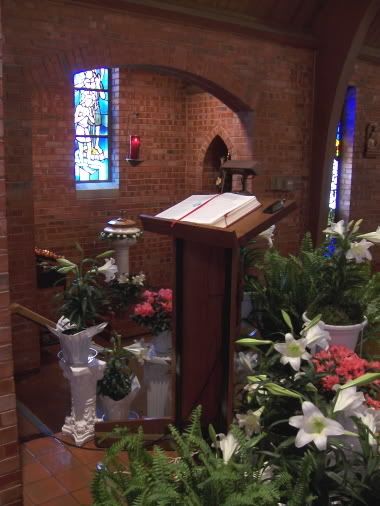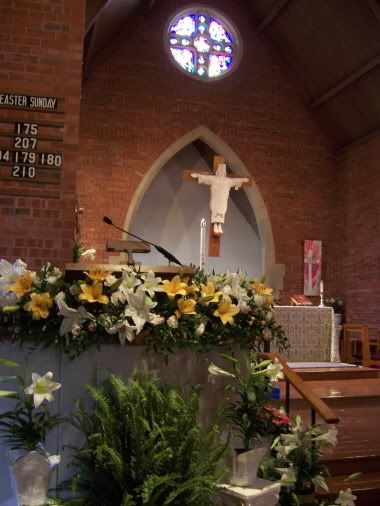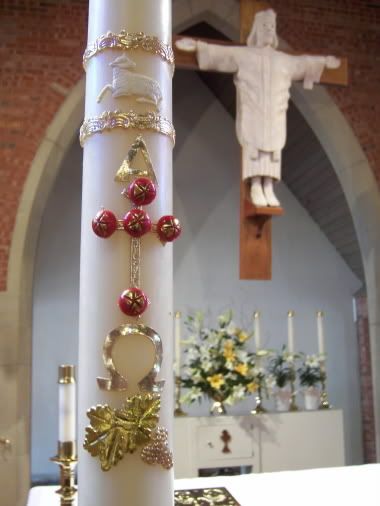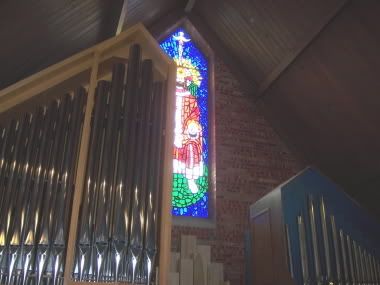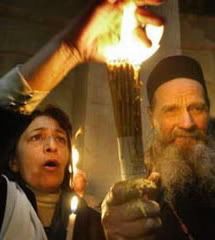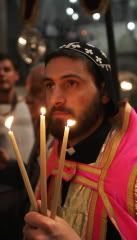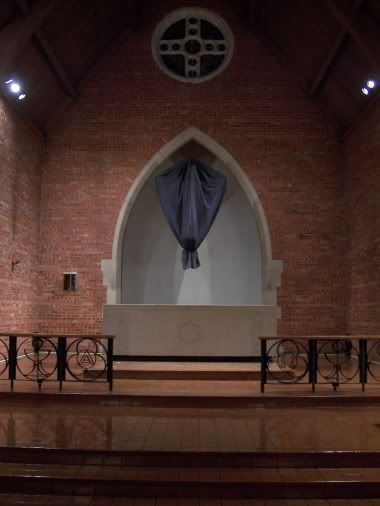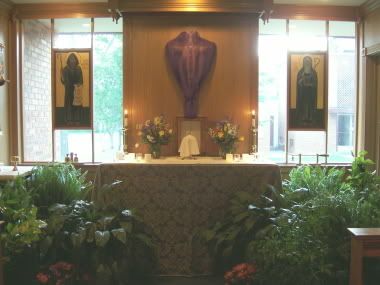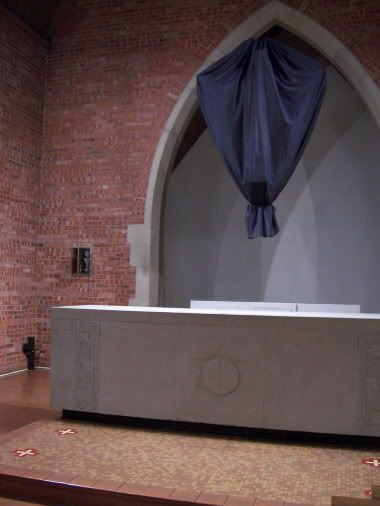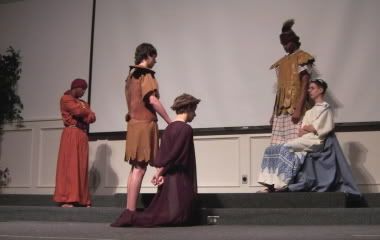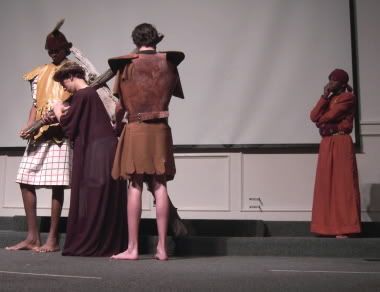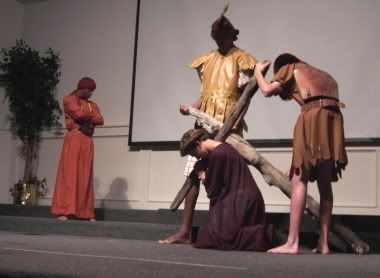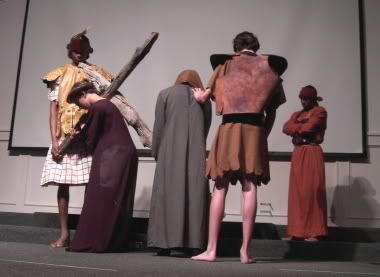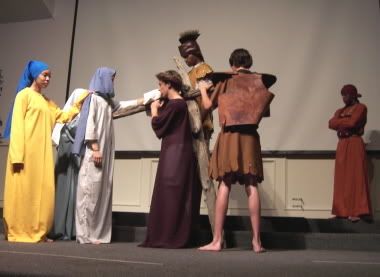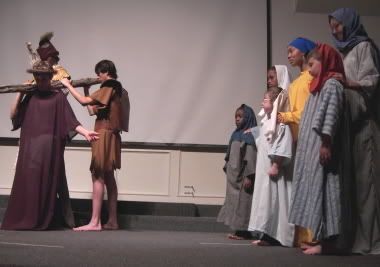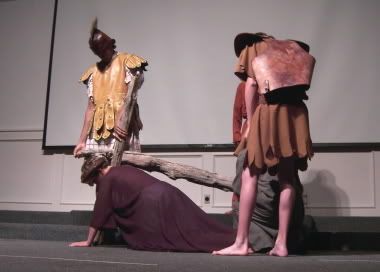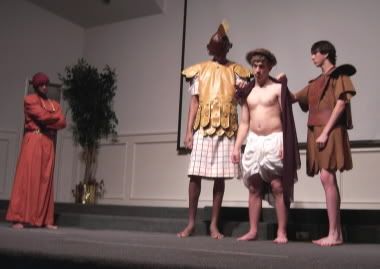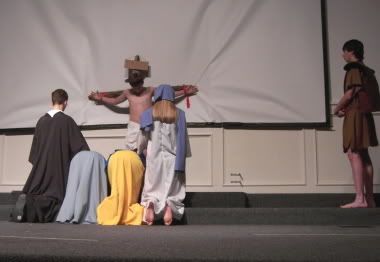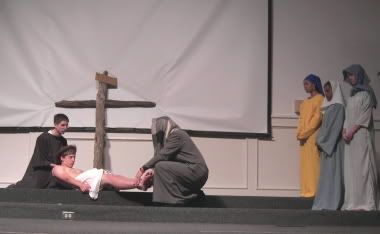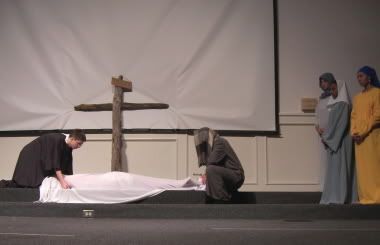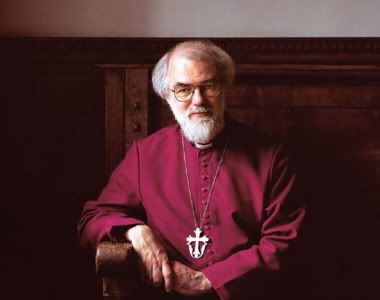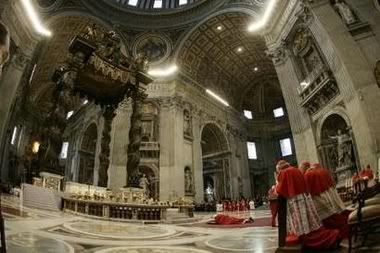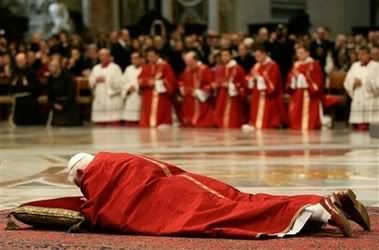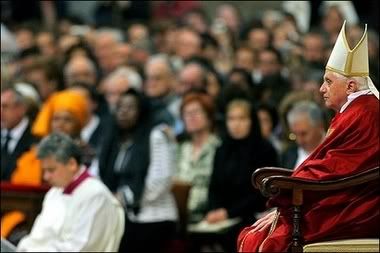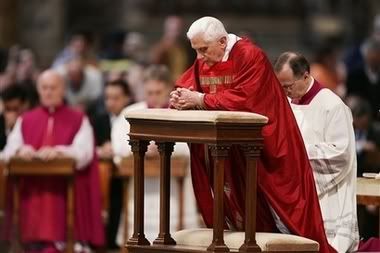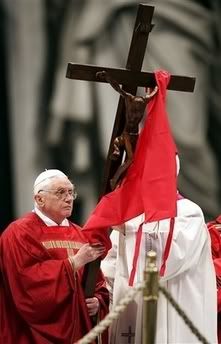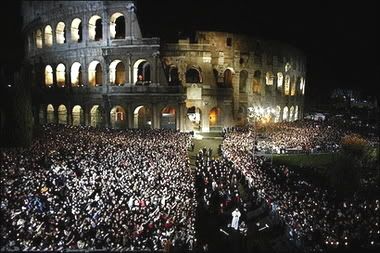One parishioner recently mentioned something that many others have stated, which is that the Old Testament has a gloomy or wrathful or negative view of God while the New Testament presents a loving and compassionate view of God. Perhaps you have thought so yourself. She asked me why this was the case. I responded that we should not be so sure that it is the case.
One person who held such a view very strongly in the early Church was a man named Marcion. He came to Rome in 140 and joined the Church there, but soon fell into heresy under the Gnostic teacher Cerdo. Marcion established his own rival church. His central belief was that the God of love revealed in Jesus Christ was utterly different from the God of law revealed in the Old Testament. Christianity was thus not the fulfillment of Judaism, but its replacement. Marcion proposed his own canon of scripture in which he eliminated the "Law and the Prophets" and replaced it with "the Gospel and the Apostle"--an edited version of Luke's Gospel and ten of St Paul's epistles.
Why do the Old and New Testaments seem to offer a different view of God (or for Marcion, describe different gods)? I think it largely has to do with perspective. The Old Testament is much larger, covers different concerns, and basically tells the story of the fall and the struggle to reestablish disciplined holiness on the earth. The New Testament is much shorter, it mainly tells the story of Jesus and the life of the early Church, and it tells the story of God's divine intervention of mercy for our salvation. However, they are both part of a whole story--the fall and redemption of humanity. The testaments are consistent with each other in the big picture. To illustrate how our perspectives can be misleading, I turned it around and chose five verses from to demonstrate the loving God of the Old Testament and the wrathful God of the New Testament.
A loving God . . . Exodus 34:6
And [God] passed in front of Moses, proclaiming, "The LORD, the LORD, the compassionate and gracious God, slow to anger, abounding in love and faithfulness"
Isaiah 61:1-3
The Spirit of the Sovereign LORD is upon me, because the LORD has anointed me to preach good news to the poor. He has sent me to bind up the brokenhearted, to proclaim freedom for the captives and release from darkness for the prisoners, to proclaim the year of the LORD’s favor and the day of vengeance of our God, to comfort all who mourn, and provide for those who grieve in Zion—to bestow on them a crown of beauty instead of ashes, the oil of gladness instead of mourning, and a garment of praise instead of a spirit of despair. They will be called oaks of righteousness, a planting of the LORD for the display of his splendor.
Lamentations 3:22, 31-33
Because of the LORD’s great love we are not consumed, for his compassions never fail. They are new every morning; great is your faithfulness. . . . For men are not cast off by the Lord forever. Though he brings grief, he will show compassion, so great is his unfailing love. For he does not willingly bring affliction or grief to the children of men.
Psalm 23:4
Even though I walk through the valley of the shadow of death, I will fear no evil, for thou art with me; thy rod and thy staff, they comfort me.
Psalm 46:1-3
God is our refuge and strength, an ever-present help in trouble. Therefore we will not fear, though the earth give way and the mountains fall into the heart of the sea, though its waters roar and foam and the mountains quake with their surging.
A wrathful God . . .
Matthew 25:29-31
For everyone who has will be given more, and he will have an abundance. Whoever does not have, even what he has will be taken from him. And throw that worthless servant outside, into the darkness, where there will be weeping and gnashing of teeth.'
Romans 1:18
For the wrath of God is revealed from heaven against all ungodliness and unrighteousness of men, who by their unrighteousness suppress the truth.
Galatians 1:9As we have already said, so now I say again: If anybody is preaching to you a gospel other than what you accepted, let him be eternally condemned! Hebrews 10:31
It is a terrifying thing to fall into the hands of the living God.
Revelation 2:20-23
[Jesus said] But I have this against you, that you tolerate that woman Jezebel, who calls herself a prophetess and is teaching and seducing my servants to practice sexual immorality and to eat food sacrificed to idols. I gave her time to repent, but she refuses to repent of her sexual immorality. Behold, I will throw her onto a sickbed, and those who commit adultery with her I will throw into great tribulation, unless they repent of her works, and I will strike her children dead. And all the churches will know that I am he who searches mind and heart, and I will give to each of you as your works deserve.
